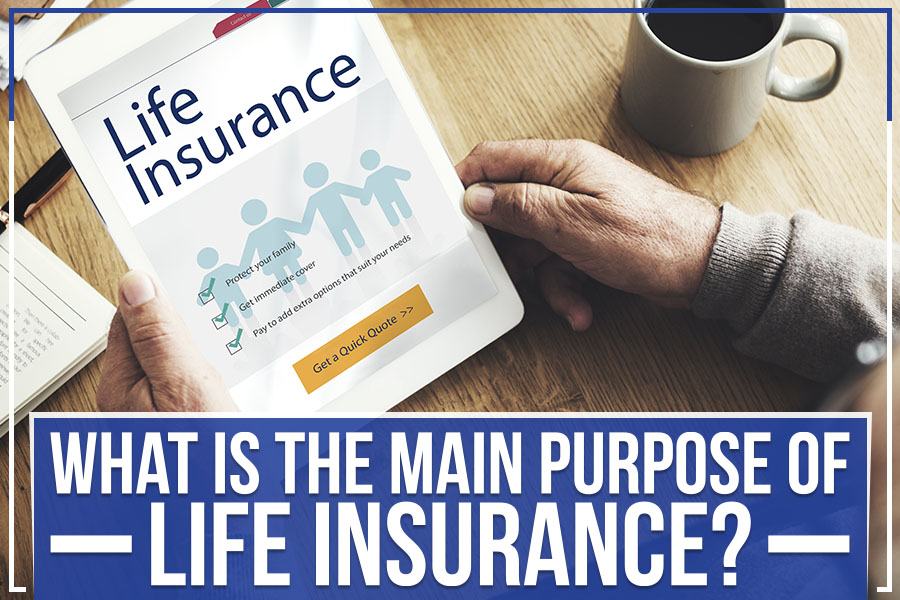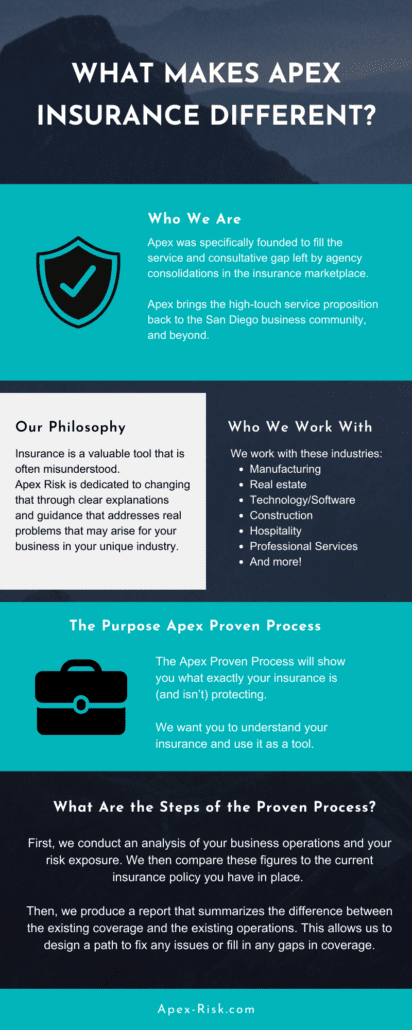The 7-Minute Rule for Pacific Prime
The 7-Minute Rule for Pacific Prime
Blog Article
Pacific Prime Can Be Fun For Anyone
Table of ContentsFacts About Pacific Prime RevealedGet This Report on Pacific PrimeExamine This Report about Pacific PrimeAll about Pacific PrimeEverything about Pacific Prime

This is due to the fact that the data were accumulated for a period of solid economic performance. Of the approximated 42 million individuals who were without insurance, almost about 420,000 (concerning 1 percent) were under 65 years of age, the age at which most Americans end up being qualified for Medicare; 32 million were adults between ages 18 and 65, around 19 percent of all adults in this age group; and 10 million were youngsters under 18 years of age, regarding 13.9 percent of all children (Mills, 2000).
These quotes of the variety of persons without insurance are generated from the yearly March Supplement to the Current Populace Survey (CPS), conducted by the Demographics Bureau. Unless or else noted, national quotes of people without medical insurance and percentages of the population with various kinds of protection are based upon the CPS, the most widely utilized source of quotes of insurance policy coverage and uninsurance rates.
How Pacific Prime can Save You Time, Stress, and Money.

Still, the CPS is especially useful due to the fact that it generates annual estimates fairly swiftly, reporting the previous year's insurance policy protection estimates each September, and due to the fact that it is the basis for a regular set of quotes for even more than 20 years, enabling for evaluation of trends in coverage over time. For these factors, along with the substantial use the CPS in other studies of insurance policy protection that exist in this report, we count on CPS price quotes, with restrictions noted.

The price quote of the number of uninsured individuals broadens when a population's insurance status is tracked for numerous years. Over a three-year period starting early in 1993, 72 million individuals, 29 percent of the united state populace, lacked coverage for a minimum of one month. Within a solitary year (1994 ), 53 million people experienced at least a month without insurance coverage (Bennefield, 1998a)
6 out of every ten uninsured adults are themselves used. Although functioning does enhance the possibility that one and one's household participants will certainly have insurance coverage, it is not an assurance. Also participants of family members with 2 full time wage earners have virtually a one-in-ten possibility of being uninsured (9.1 percent without insurance rate) (Hoffman visit this web-site and Pohl, 2000).
Pacific Prime for Beginners
New immigrants make up a considerable percentage of individuals without medical insurance. One evaluation has actually attributed a substantial section of the recent growth in the size of the united state without insurance population to immigrants who showed up in the nation in between 1994 and 1998 (Camarota and Edwards, 2000). Recent immigrants (those who involved the United States within the past four years) do have a high price of being without insurance (46 percent), but they and their kids represent simply 6 percent of those without insurance coverage across the country (Holahan et al., 2001).
The relationship in between wellness insurance and accessibility to care is well developed, as recorded later on in this chapter. Although the partnership in between medical insurance and health and wellness outcomes is neither straight nor simple, a substantial scientific and wellness solutions research literature links health insurance policy protection to better access to care, far better high quality, and improved individual and population health condition.
Degrees of analysis for analyzing the effects of uninsurance. It concentrates particularly on those without any wellness insurance policy for any size of time.
Pacific Prime - The Facts
The troubles faced by the underinsured are in some aspects comparable to those encountered by the uninsured, although they are normally much less extreme. group insurance plans. Uninsurance and underinsurance, nonetheless, include noticeably various plan issues, and the methods for resolving them might differ. Throughout this study and the five reports to follow, the major emphasis gets on individuals without any medical insurance and hence no aid in spending for wellness treatment past what is offered with charity and safeguard organizations
Medical insurance is a powerful element impacting receipt of treatment since both people and medical professionals react to the out-of-pocket price of solutions - https://www.find-us-here.com/businesses/Pacific-Prime-Agoura-Hills-California-USA/34031837/. Medical insurance, nevertheless, is neither necessary neither enough to access to clinical solutions. The independent and straight impact of health and wellness insurance coverage on accessibility to wellness solutions is well developed.
Others will certainly acquire the health and wellness care they require even without medical insurance, by spending for it expense or seeking it from suppliers who offer treatment complimentary or at highly subsidized prices. For still others, health and wellness insurance alone does not make certain receipt of care due to other nonfinancial obstacles, such as a lack of healthcare companies in their community, minimal accessibility to transportation, illiteracy, or linguistic and cultural distinctions.
Some Known Details About Pacific Prime
Official research regarding without insurance populations in the United States dates to the late 1920s and very early 1930s when the Committee on the Expense of Medical Treatment generated a series of reports concerning financing medical professional workplace check outs and hospital stays. This issue ended up being significant as the numbers of medically indigent climbed during the Great Anxiety.
Report this page